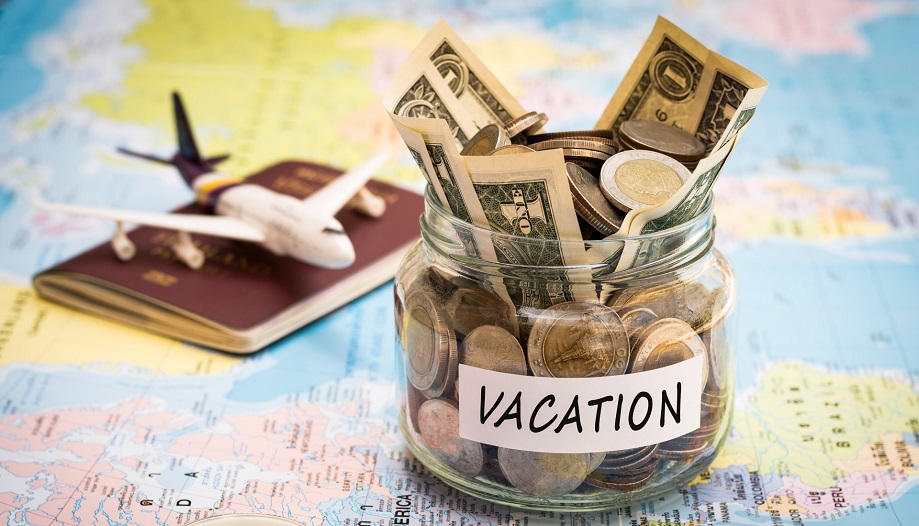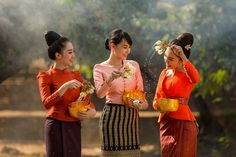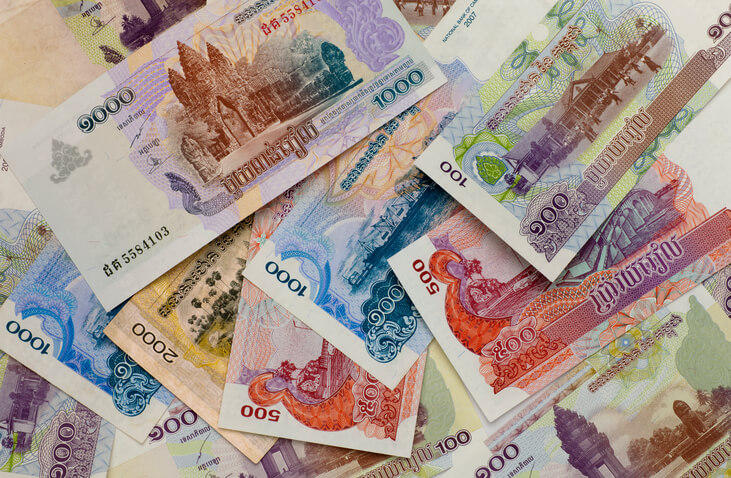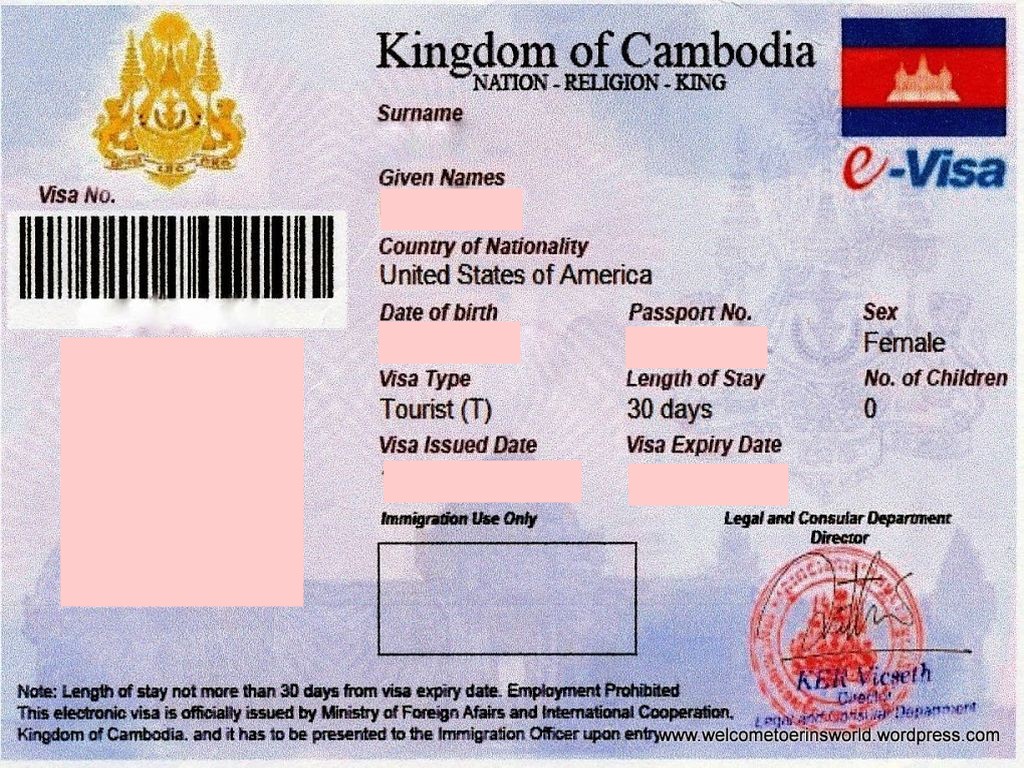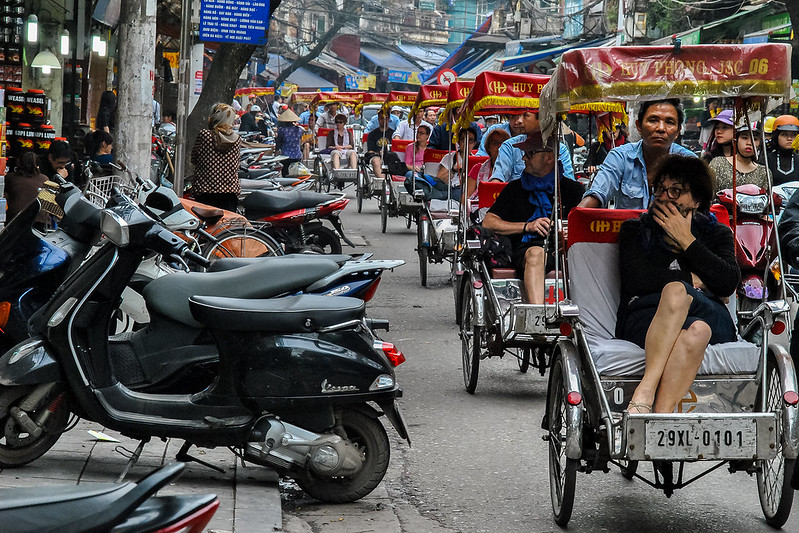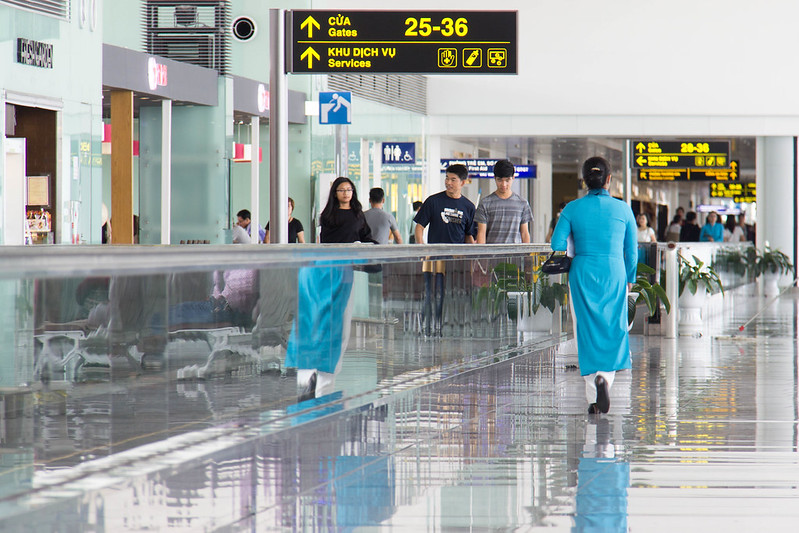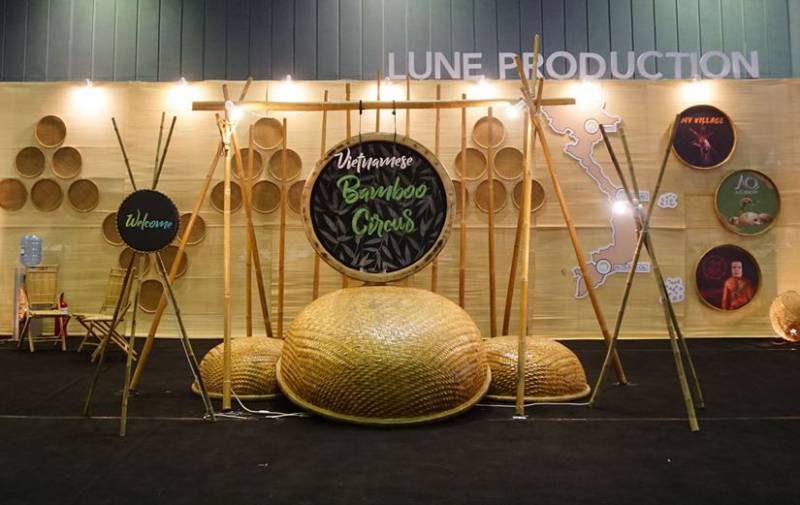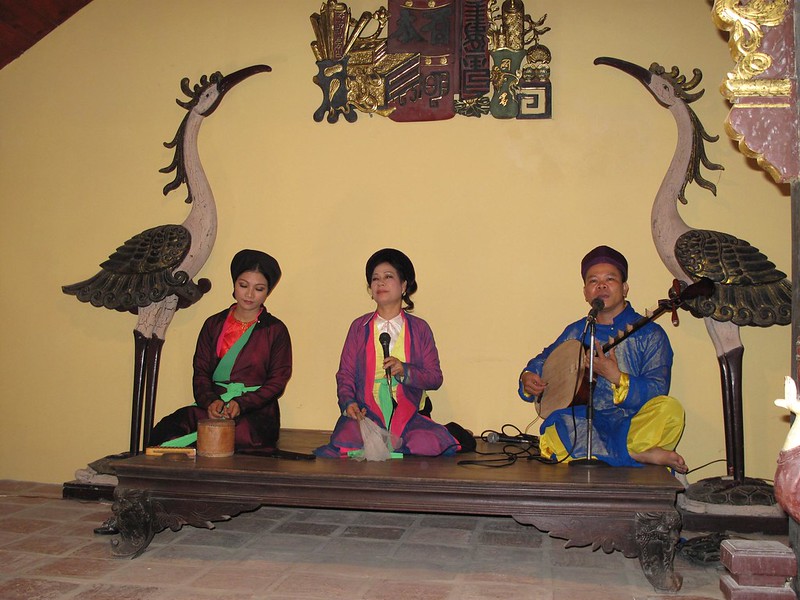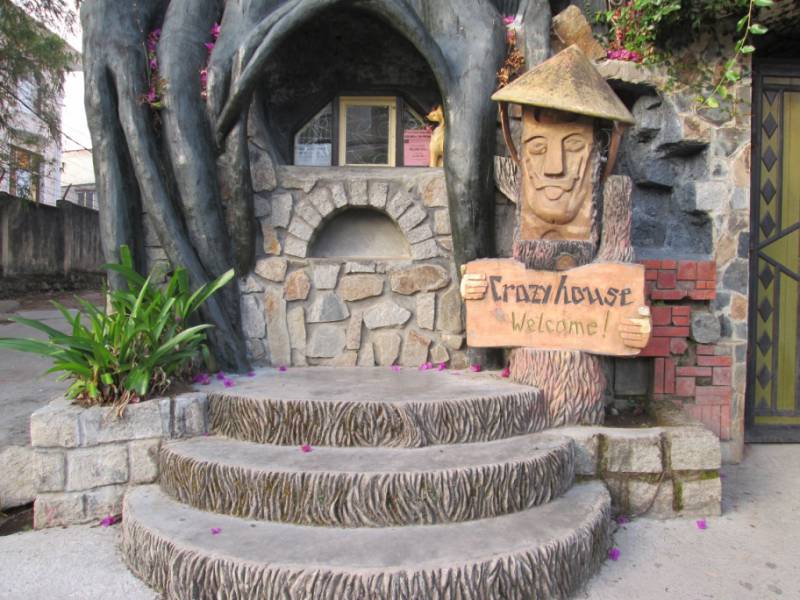Its uniqueness lies in events that take place far away in the Himalayan mountains. There, melting snows feed into the Mekong river and push down towards the South China sea off the Vietnamese coast. En route, monsoon rains further swell the great river before it meets the Tonle Bassac and the Tonle Sap rivers at a confluence in Phnom Penh. Here, the ‘might’ of the Mekong is sufficient to push the Tonle Sap back on itself, reversing its flow and flooding the basin area of the lake. In the process, the area of the lake increases five-fold, from 2,500 km2 to 12,500 km2. In some places, the water’s depth increases from one metre to 10 metres.
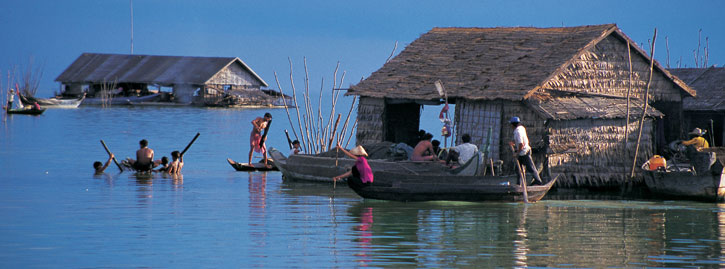
This staggering transformation is at the root of all of the other superlatives that can be applied to the Tonle Sap. It’s the largest lake in Southeast Asia, one of the most productive inland fisheries in the world and, a little creepily, holds the richest snake harvest in the world too. It is home to an exceptional array of wildlife biodiversity, depictions of which can be found on the walls of Bayon temple, recognition of their importance to the success of the Empire.
Such hyper-abundance is a consequence of the Tonle Sap’s life-giving pulse, the ebb and flow of its waters. Along the skirts of the lake, floating forests have developed where trees have evolved that can withstand being immersed in water for several long months, their falling vegetation creating an environment that is immensely rich in nutrients for fish and other aquatic life.
Being such a vital food source, so many fish have naturally attracted predators, in particular birds and humans. Not much more than 10 years ago, the area around Prek Toal village on the western side of the lake was found to be host to a wide array of bird species, many of whom were facing global extinction. This discovery triggered the Wildlife Conservation Society’s programme to protect the birds and their eggs from poaching by humans through creation of the Prek Toal bird sanctuary.
About one-third of Cambodia’s population live in the provinces surrounding the lake. But even with the super-abundant resources the lake provides, the people living on its borders are among the poorest in the country. Among the poorest of the poor are those who live not by but actually on the lake itself. Some 130,000 people in live in 90 floating villages specially adapted to exist in rhythm with the rise and fall of the lake’s waters. Their lives are precarious in many ways.
But despite its size and rich abundance, the Tonle Sap is a lake under threat. Cambodia has been identified as a country that stands to lose a great deal to climate change, and the most vulnerable area is the great lake. Human influence is having other damaging effects too, as the cumulative effects of over-exploitation, deforestation, agriculture, industrial pollution, dam construction, mining and the introduction of non-native species all take their toll.
The Tonle Sap is a UNESCO Biosphere Reserve, a special area recognised and protected for its social, cultural and scientific significance. It is also a hugely significant body of water for Cambodians who have been too often caught in the confluence of economic and political tussles not of their own making.



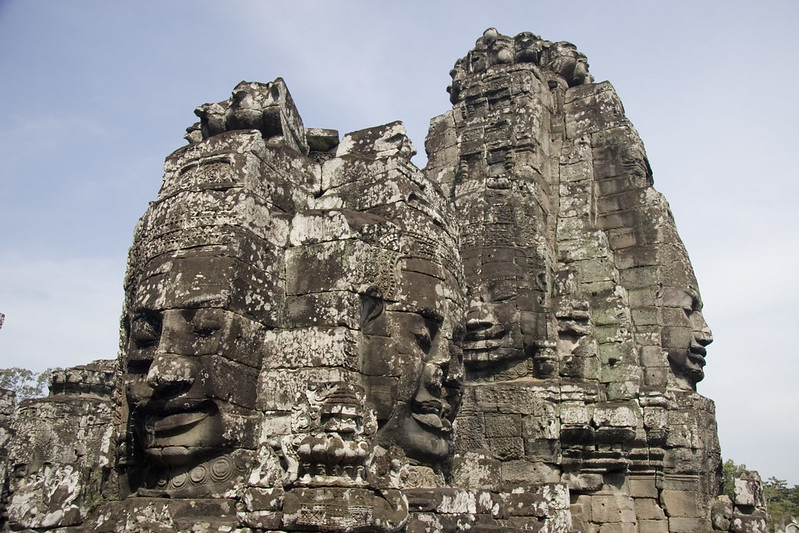
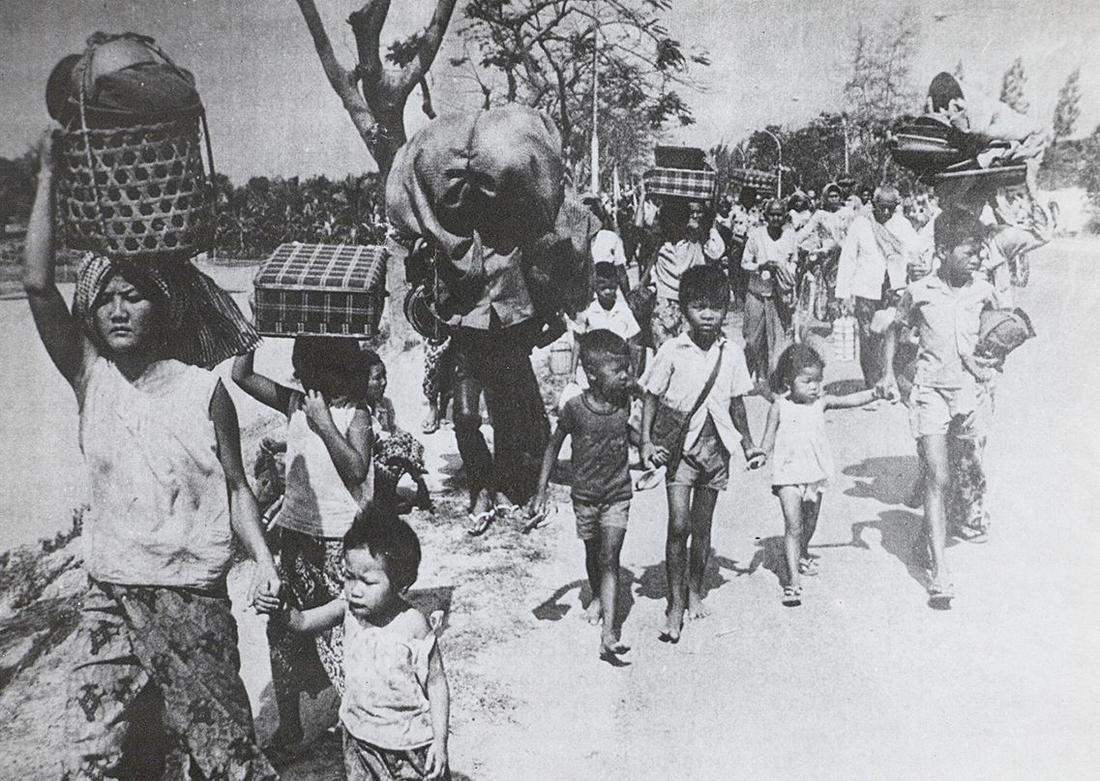
.jpg)
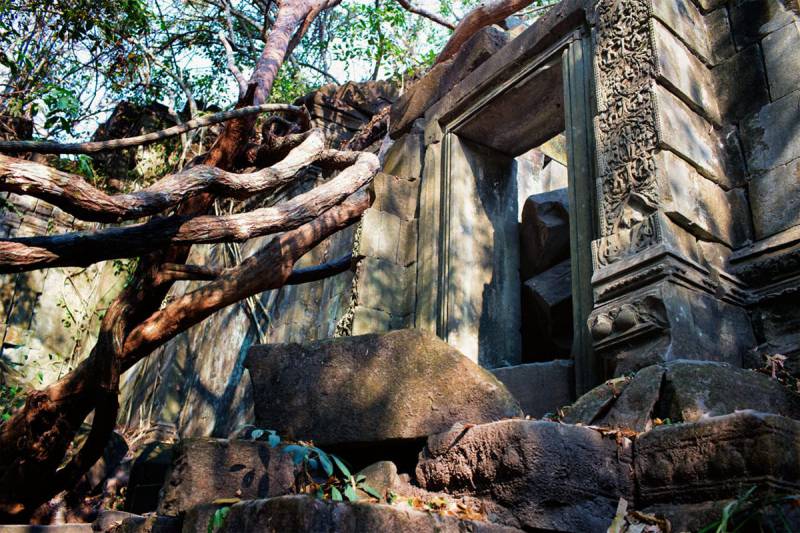
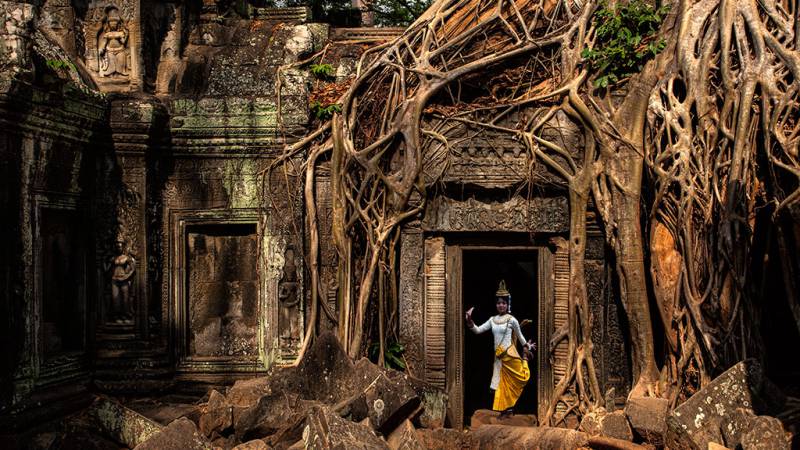
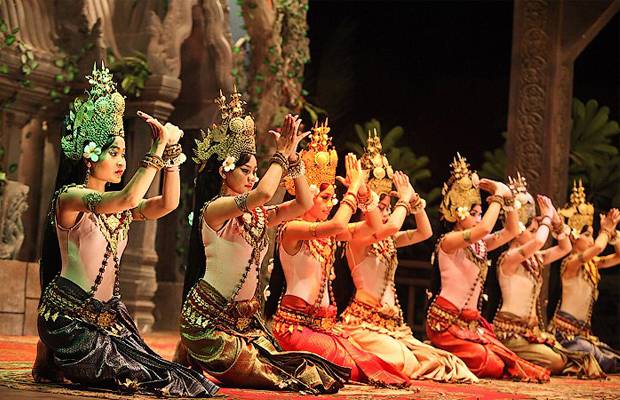
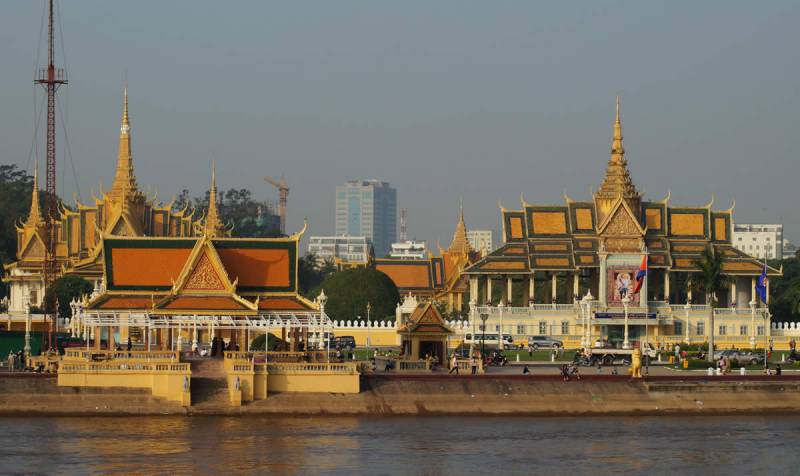
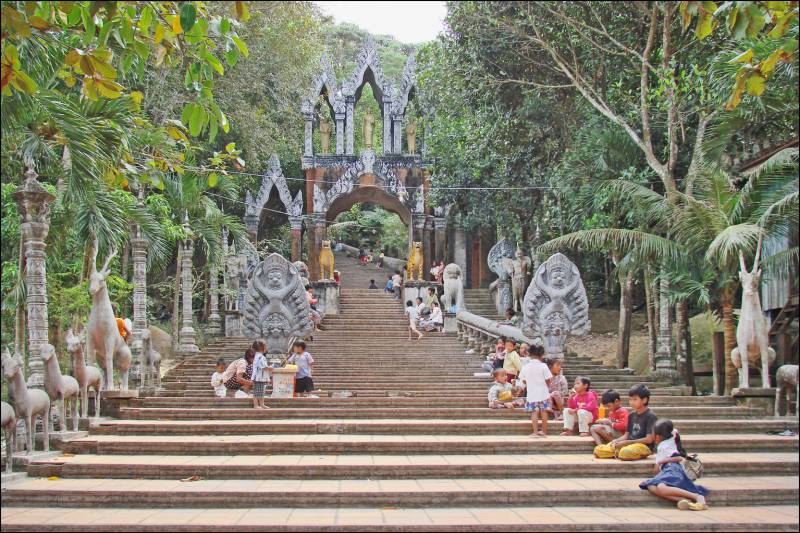
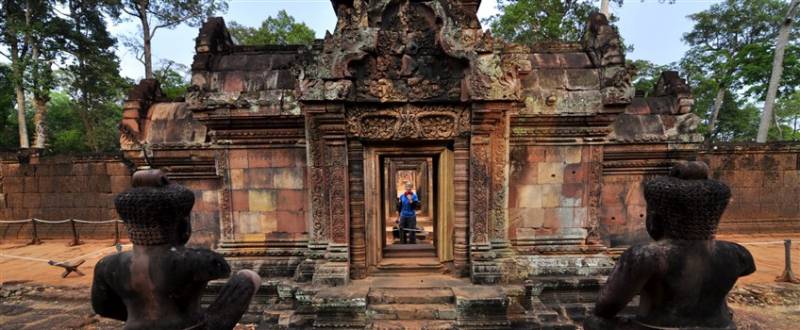

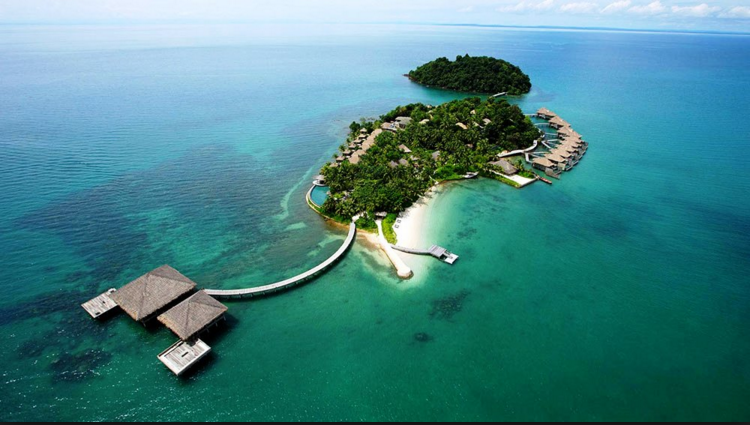
.png)

